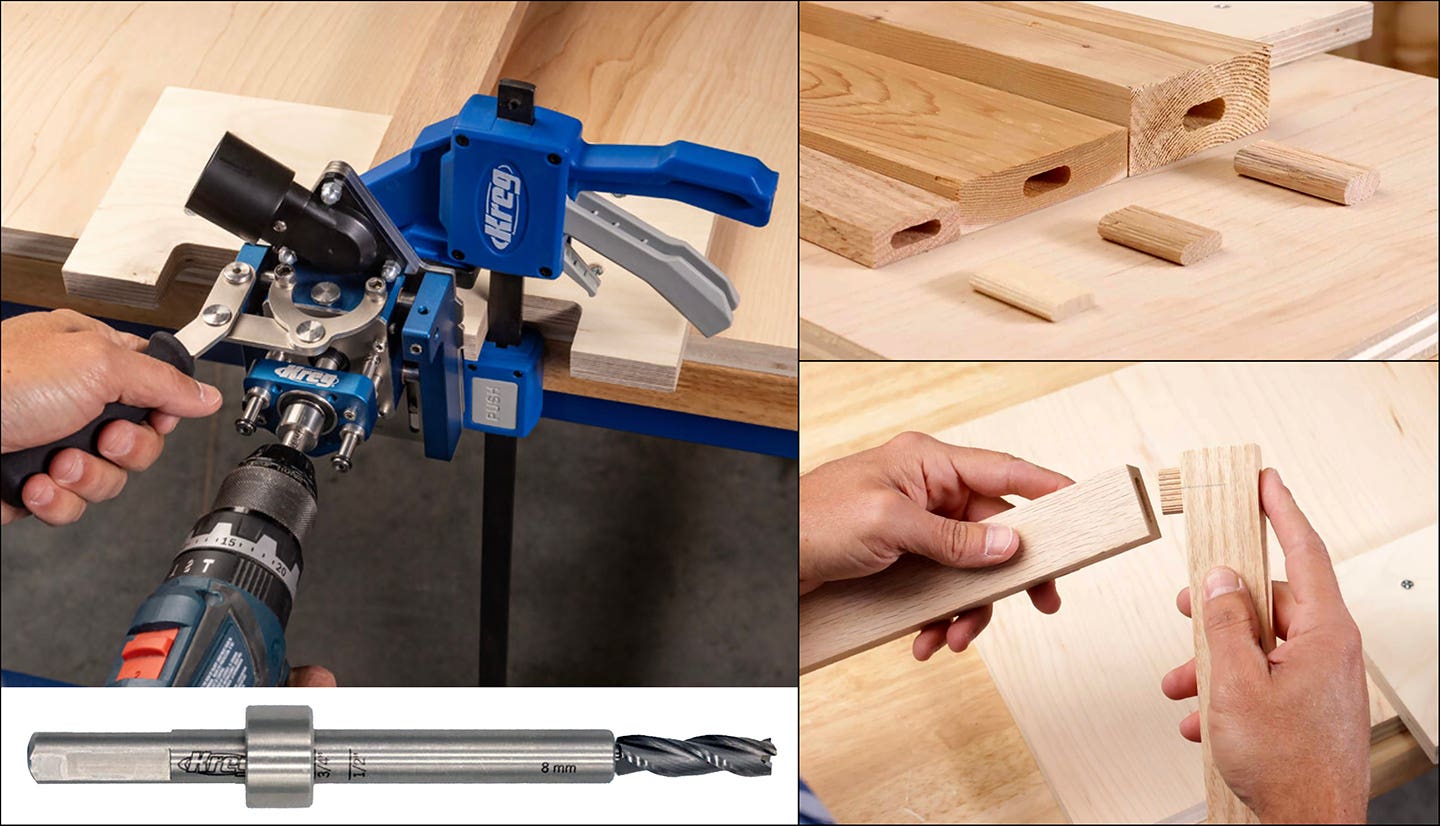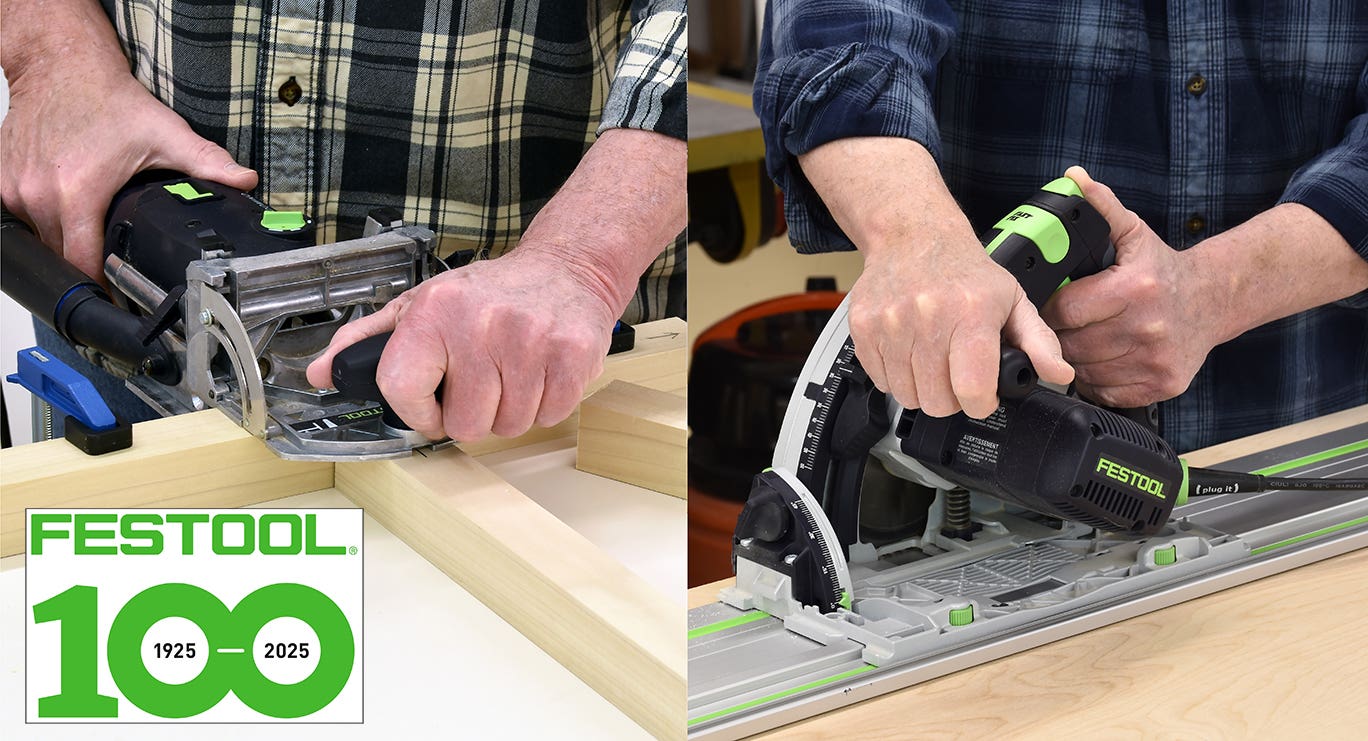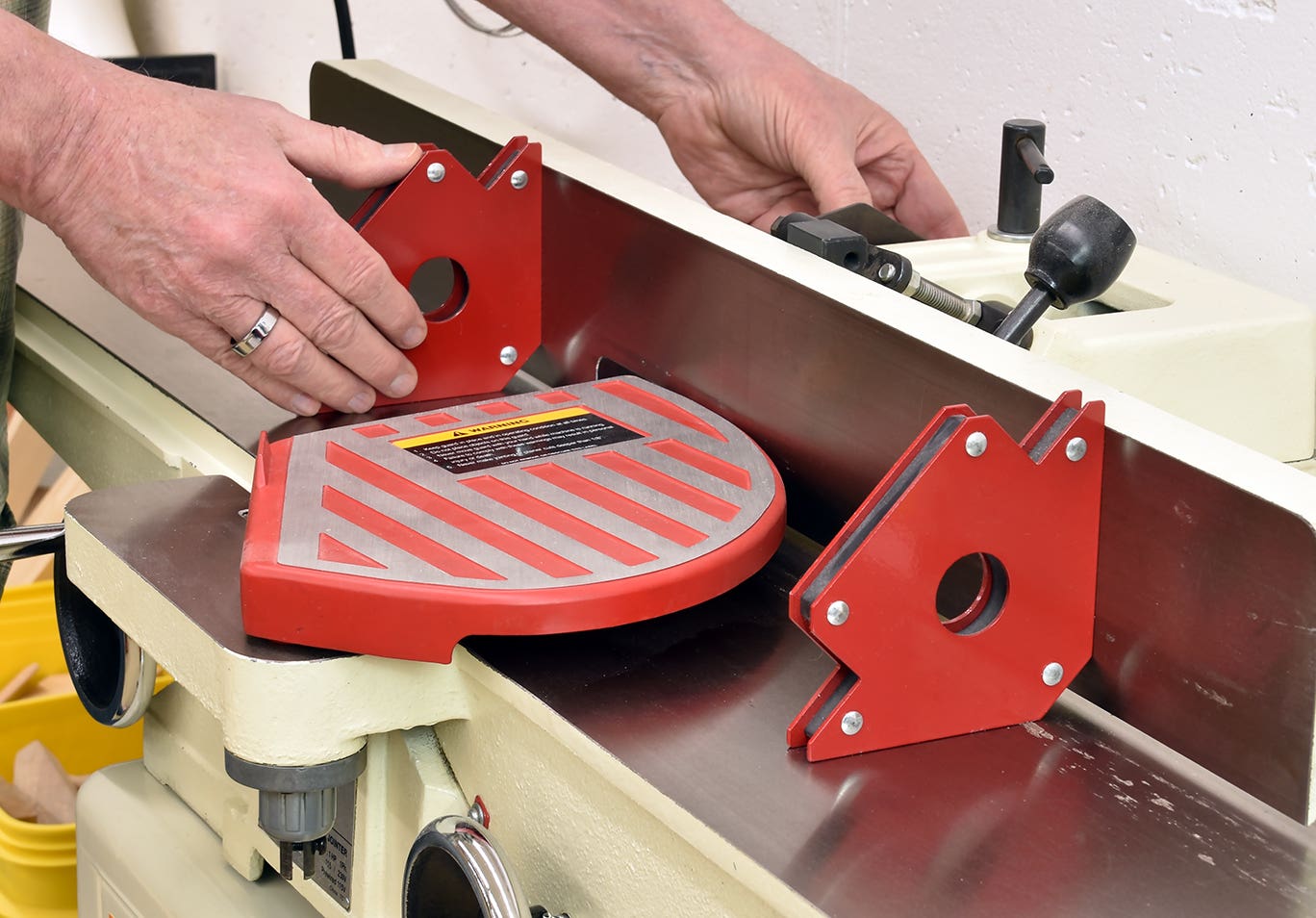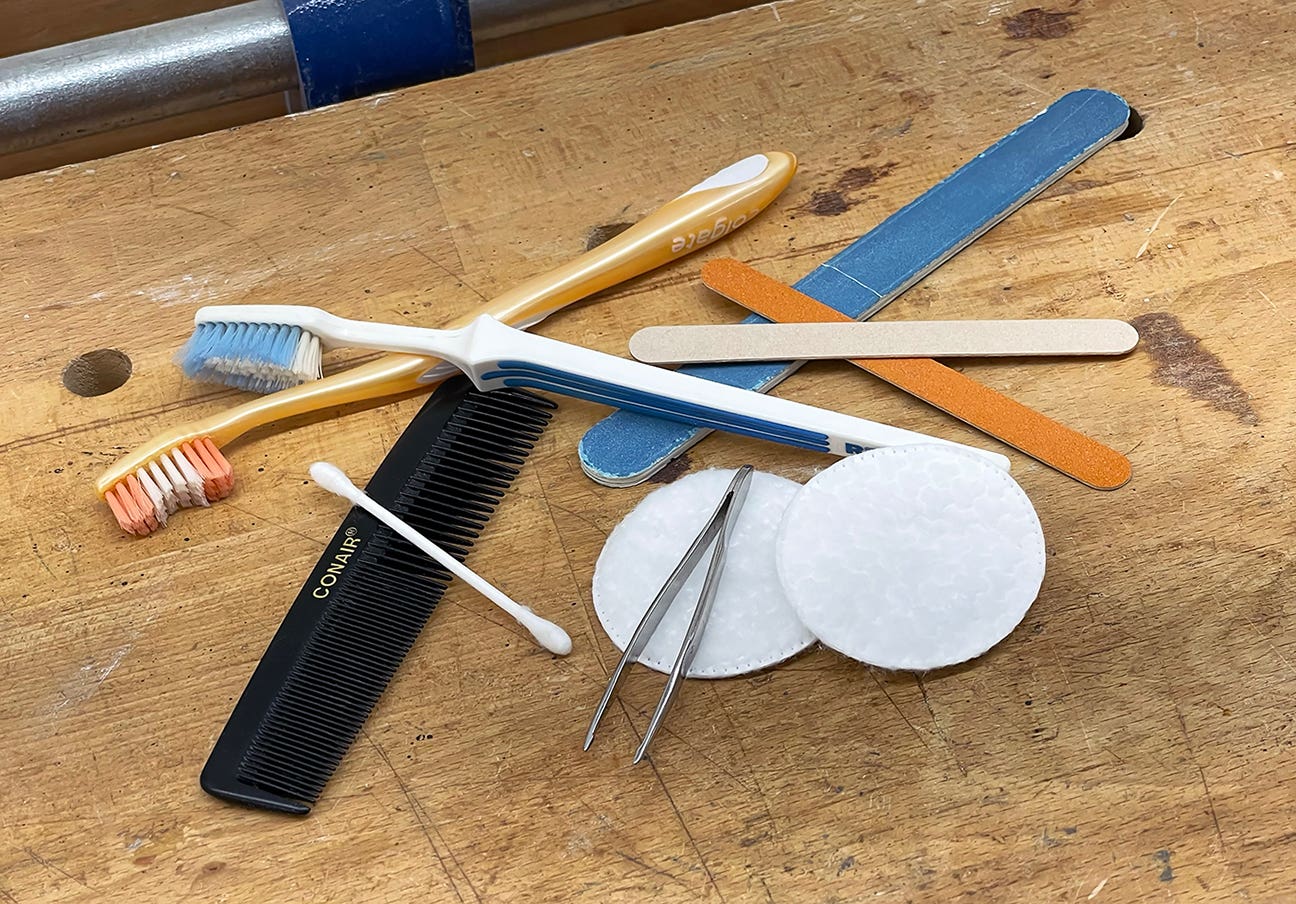A clear alternative
What could you do with see-through wood? Transparent wood isn’t a new thing. A German botanist developed a basic way to create it three decades ago. It wasn’t very good and,…
What could you do with see-through wood?
Transparent wood isn’t a new thing. A German botanist developed a basic way to create it three decades ago. It wasn’t very good and, honestly, not all that clear, but it proved the technology was possible. Ten years later, researchers in Sweden and at the University of Maryland built upon the original work to improve the process significantly.
Essentially, they figured out how to either bleach, or remove entirely, all the lignin in the wood. The tubular cell structure is left behind. They then replaced the lignin with epoxy or other polymer, and bingo — transparent wood.
The result was three times stronger than plastic. And because of the organic nature of the materials being used (and the remaining cell structure of the wood) it can be as much as 10 times stronger than glass, and a more effective insulator but without the brittleness of glass. Industrial uses range from the obvious – windows, especially in extreme climates – but also display screens or other electronics, and even storage bags and containers.
Research has continued to make transparent wood much clearer than earlier attempts, and to make the material more biodegradable. In fact, just earlier this month, a Kennesaw [Ga.] State University professor of chemistry described his process of creating transparent wood without relying on epoxy resins. Instead, he’s using natural substances from eggs and rice to make an epoxy replacement.
Transparent wood doesn’t have a ton of direct applications for woodworking, but as an ancillary material for cabinet or casework windows and panels, it shows promise. The material could also make woodshop eye protection, or even your regular glasses, stronger and safer.
Of course, for the wood industry itself, it’s yet another use for natural products that, as research progresses, could find significant additional uses in building and construction. These, and uses in electronics and other industries, will help keep wood in demand. And I’ve always felt that what is good for the wood industry itself, is good for the woodworking industry.
A.J. Hamler is the former editor of Woodshop News and Woodcraft Magazine. He's currently a freelance woodworking writer/editor, which is another way of stating self-employed. When he's not writing or in the shop, he enjoys science fiction, gourmet cooking and Civil War reenacting, but not at the same time.







